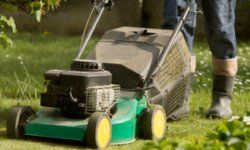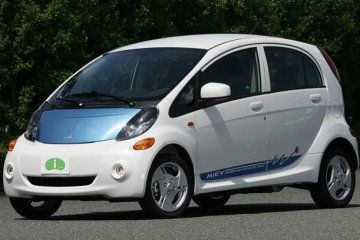What's the smartest step you can take to help reduce pollution and live in a more sustainable way? It might simply be to take a look at the environmental impact of the things you buy. Choosing eco-friendly products is not just a fad, nor has the economic downturn slowed the trend. A 2009 study by nonprofit research group Green Seal and EnviroMedia Social Marketing found that about four out of five people said they bought green products despite the recession.
Eco-friendly consumerism may involve making some complicated decisions. For example, a new refrigerator may be more energy efficient than the one you own now, but a good deal of energy goes into manufacturing any appliance to begin with. Is it more eco-friendly to buy the new one or stick with the old if it still works? Likewise, buying locally grown food cuts the energy used for transportation, but growing them in a greenhouse might use just as much energy.
Advertisement
To complicate matters further, shoppers have to take much of the information provided about products with a grain of salt. Manufacturers and retailers sometimes offer unproven, vague, irrelevant or outright false claims. This technique, known as "greenwashing," is meant to make consumers think products are green when they're not. For example, claims like "chemical free" and "nontoxic" are often meaningless. Cigarettes might be labeled "natural," but they're still bad for you.
The best way to determine whether a product is eco-friendly is to rely on third-party certification. Look for products with labels from reliable organizations that evaluate the environmental impact of each item. For example, Green Seal is a nonprofit organization that conducts a rigorous, scientific analysis of the overall impact of products. Another authoritative certifier is Scientific Certification Systems (SCS), which looks at things like recycled content, organic ingredients and sustainable forestry. Products certified Energy Star by the U.S. Environmental Protection Agency have to meet minimum energy-saving criteria. Ecologo is a certification program run by the Canadian government and recognized worldwide. A good place to sort out all the different labels is Consumer Reports' GreenerChoices Web site.
1. Can I get along without it? There's an environmental cost to every product. Reusing current items is often the most eco-friendly strategy.
2. Can I make it myself? Many cleaning products, for example, can be made at home from common ingredients like baking soda and vinegar.
3. Can I buy it used? Buying second-hand clothing, cars or computers avoids the eco-costs of manufacturing new ones. Check yard sales or classified advertisements on Internet sites like Craigslist. The Freecycle Network, a Web site connecting people by region, facilitates passing on used items for free.
On the next page, we'll find out what actually makes a product eco-friendly.
Advertisement



